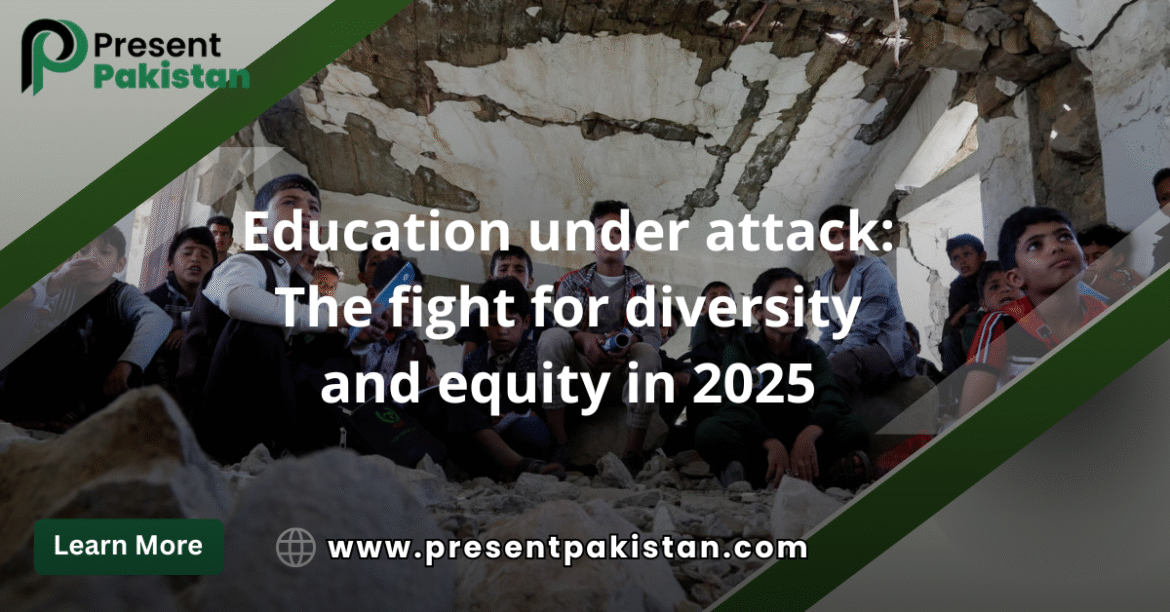Explore how global crises threaten education, diversity, and equity in 2025, and what must be done to protect inclusive education.
When Learning is a Battlefront
In 2025, the phrase “Education Under Attack” is no longer figurative; it is the suppressed reality for millions. Schools in active war zones are bombed; schools where there is censorship of different ideas are silenced; schools where marginalized groups have been excluded completely. The battle for diverse and equitable forms of education grows more urgent. In short, whether it is in Palestine or Pakistan, from Afghanistan to Africa, students and educators are sandwiched between politics, war, and structural oppression.
And as UNESCO and other organizations raise the alarm, the world again too often does nothing. Education is a human right that should not be a selected privilege of peaceful, wealthy pockets of the globe.
Table of Contents
- What does “education under attack” really mean?
- How Global Conflict Targets Classrooms.
- Diversity in Education: Beyond a Buzzword
- Why equity is important, with particular reference to 2025
- Attacks on education based on gender
- The Digital Divide: A Stealth Attack on Equity
- What are governments doing and not doing?
- Exceptional Case Studies: Pakistan, Gaza, and Afghanistan
- While we keep looking ahead: the rebuilding of inclusive education
- Frequently Asked Questions
- Frequently Asked Question
- conclusion
1. What does “education under attack” mean?
The phrase refers to Deliberate torture, exclusion, or suppression that stops a learner from accessing safe, fair, and inclusive education; This includes:
- Bombing schools in warzones.
- Political censorship of textbooks and teachers.
- The exclusion of girls, minorities, and differently abled learners.
- Using internet blackouts to limit access to information during exams or protests.
- Systematic neglect of poor or remote communities.
Key points:
- The education in question is both physical and theoretical
- The backward classes suffer the most.
2. How Global Conflict Targets Classrooms.
Every day in places like the Gaza Strip, Sudan, and Afghanistan, we are constantly exposed, on the opposite side of the world, to threats of school buildings being bombed, the killing of teachers, and children left homeless. As of 2025, the United Nations reports a 12% increase in violent attacks on Education. Outside of the threat of bombs, places like Myanmar and Syria are examples of it being used to gain political control. In India and Pakistan, schools in border areas are sometimes closed during tensions.
Key points:
- In 2024 there were over 5000 educational institutions attacked across the world.
- Children in conflict zones are losing an average of 3.5 years of education.
3. Diversity in Education: Beyond a Buzzword
- Diversity Education is more than different faces in the classroom. It encapsulates:
- Multilingual Curriculum
- Inclusive policies for minorities
- Religious, cultural and gender sensitivity represented in textbooks
- Representation of underrepresented voices in teaching staff and leadership
But many nations remain stagnant in colonial systems that favor the dominant narrative. This does not cultivate critical ways of knowing, nor does it include Indigenous or marginalized voices.
Strikingly, diversity is determined to foster empathy, creativity, and social tolerance.
It has also been demonstrated that the lack of representation actually diminishes identity and self-esteem in students.
4. Why equity is important, with particular reference to 2025
Equity There is no equality. To give equality means giving the same speed. equality means giving to all. What do they need to succeed?
In Pakistan rural students may require public transport to get to school. Gaza means to rebuild a school that was destroyed. Lahore may have internet for online exams.
Without equity, education systems replicate privilege and Penalty for damage.
Key points:
Equity surmounts historical and structural disadvantage.
An equitable education system must be sensitive to the context.
5. Attacks on education based on gender
Too often girls are. First targets When education gets attacked. The Taliban’s ban on girls’ secondary education in Afghanistan, or honor-based bans in parts of South Asia. This is the issue.
UNICEF reported. 130 million girls out of school in 2025 globally. Concerns around safety, early marriages, and a lack of female teachers in conservative areas are all reasons girls are kept out of classrooms.
Key points:
- Educating girls increases GDP and decreases child mortality.
- Gender-inclusive education is very important for a nation’s development.
6. The Digital Divide: A Stealth Attack on Equity
The pandemic exposed a cold, hard truth… devices provided and the internet… Evolving new realities of educational inequity. Clearly, as smart devices continue to gain traction, most students, 37% in rural Pakistan will struggle with poor internet connection and reliability of online learning experiences come 2025. Besides this, there are many other sub-group populations of students with barriers to safely accessing and using digital platforms to fulfill their learning engagements including students with disabilities, and the minority population of students who self-identify. ,The current Pakistan Digital Skills Initiative has been developed to counter the gap and be used for training and offline application tools.
Key points:
- Digital inequity, if nothing else, is the new bottom line within educational equity.
- Accessing the internet is everyone’ right within education in the world today.
7. What are governments doing and not doing?
The developing world will host 25 million children out of school for the next decade because of International Organizations, such as UNESCO, UNICEF and Save the Children, have established standby frameworks for safe schools. And there are weak implementations.
Some countries, such as Norway and Canada, have developed policies that provide funding for comprehensive education abroad, which we can all agree will be more workforce development opportunities for children around the world. But often they end in political blockages, the “implementation gap” at the policy level, and even in many developing countries, with devastating local corruption.
Key points:
- Global commitments are strong on paper, weak in action.
- Grassroots and NGO work fills the gap created by government.
8. Exceptional Case Studies: Pakistan, Gaza, and Afghanistan
Pakistan:
As attacks on girls’s schools ramp up in KP, content issues are being brought to the forefront in Punjab; Pakistan has both security and ideological threats to education. The current advocacy for education in Pakistan is about digital equity and skills-based learning.
Gaza:
Schools are hospitals and shelters. Every day, teachers risk their lives to provide education. As of 2024, there had been an Israeli bombing campaign targeting schools, with 45 schools being destroyed in 3 weeks.
Afghanistan:
The Taliban continues to deny education for girls beyond grade six, and The Lost Generation, Afghan women, do have underground schools, but they operate underground in fear and danger.
Takeaway messages:
There are local heroes (NGOs, teachers, and local parents) that are keeping hope alive.
9. While we keep looking ahead: the rebuilding of inclusive education
The world does not need to see more reports; the world just needs action. Here are the things we will advocate for:
Everyone will adopt Safe Schools Announcements.
Funding will focus education work on high-risk areas.
Tech Equity Initiatives will include offline content and resources.
Women Teachers will receive training and services to prepare to work in conservative contexts.
Curriculum reform will include diversity in the curriculum and critical thinking.
As an example, WeVersity.org is helping disadvantaged learners to develop digital skills and support to be poised for the inclusive and future-facing education they must receive.
Key points:
- Education reform in a global and local context.
- If there is no education, there is no peace.
Frequently Asked Questions
1. Q: What does “Education Under Attack” mean?
A: It means having policies or actions that promote, allow, or permit discrimination, violence, or other actions that impede access to inclusive, equitable, safe, high-quality education.
2. Q: How do inclusion and diversity support learning?
A: Inclusion and diversity foster deeper engagement and critical thinking, putting learners out of their comfort zone as they welcome new perspectives upon which they may be able to appreciate the multitude of identities and cultures that make up their environments.
3. Q: What is the difference between equal versus equitable?
A: Equal meant providing the same resources to everybody. Equitable means providing what each person needs to thrive given the context and limitations.
4. Q: Were you aware girls education is disproportionately impacted?
In many places, girls and women have no access to formal education. A variety of factors, such as deeply rooted patriarchal models of society, many forms of extremism, as well as security issues contribute to this.,,
5. Q: How can I support equity in education?
A: Support the NGOs in your area, volunteer, donate educational tools, or bring awareness to the social, digital, and gender/racial inequities that surface in education.
Frequently Asked Question
Why the educational assault in 2025?
Education is increasingly under assault from war, political control, extremism, and economic instability. Schools are bombed in war zones, and access to a fair education is illegal based on gender, race, and location.
What is educational equity, and why is it important?
Educational equity is providing every student with the necessary resources to succeed in school. Educational equality is about closing learning gaps or equity gaps associated with poverty, discrimination, and not truly paying attention to what students need.
How does the digital divide impact education?
Students without internet or devices are left behind when in online learning ecosystems. This leads to long-term losses in learning and economic context.
What can be done to protect education around the world?
Increases pooling inclusive funding through the Safe Schools Proclamation. Create more trained women and minority teachers. Full debt and digital access as a human right and education right.
Which organizations are helping to protect education?
Organizations like UNESCO, Save the Children, UNICEF, WeVersity.org, and PresentPakistan are seeking to advance safe and equitable education around the world.
Conclusion: Education is not a Privilege; It is a Right.
The fight for an education does not always involve world leaders, political ideologies, and bombs, the biggest fights for education have been launched in silence and perpetuated in the background of poverty, policy, and prejudice. As we move towards 2025, we can either choose to be silent spectators waiting to be toys for the powerful or take action to protect and promote learning by advocating for a return to learning.
Diversity and Equity in Education Learning privileges are not privileges; they are the Interdependence of peace, development, and justice.
Get involved and become part of the movement. Support inclusive learning. check out the Present Education Center of Pakistan. To learn how you can volunteer or make a donation.







